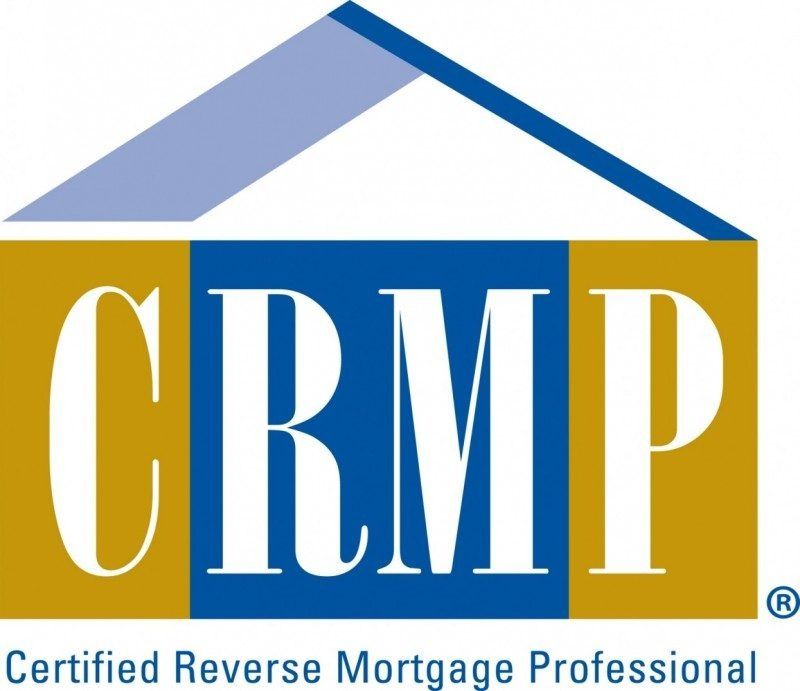Using Home Equity in Retirement Planning
Six possible strategies for utilizing home equity in retirement planning

Using Home Equity in Retirement Planning
Dr. Wade Pfau, a professor of Retirement Income at the American College and the Director of Retirement Research for the Mclean Asset Group, has published a paper highlighting six possible strategies for utilizing home equity in retirement planning. The reverse mortgage can be used strategically to improve retirement income in retirement, and to improve the likelihood that a person will not outlive their retirement portfolio. Dr. Pfau compares six potential strategies for utilizing a reverse mortgage, comparing possible upside and downside risk to using home equity earlier in retirement, and also considering sequencing risk and it’s potential impact on portfolio longevity.
Recent publications have suggested utilizing home equity by opening a standby line of credit as early as possible and benefiting from the line of credit growth rate. The Journal of Retirement also recently published an article suggesting the use of the reverse mortgage tenure payments as an even more effective retirement income strategy. Dr. Pfau examined seven potential strategies, including six that involved the home equity conversion mortgage (aka reverse mortgage). The strategies included:
- Ignoring home equity in the retirement plan
- Using home equity as a last resort- open a reverse mortgage line of credit and use it late in retirement
- Utlizing home equity first- spend down a reverse mortgage line of credit first and save the retirement portfolio until later
- The “sacks and sacks” strategy- spending taken from the reverse mortgage line of credit following years with negative investment portfolio return
- The Texas Tech Coordination strategy- analyzing portfolio success rates annually and drawing income from the reverse mortgage line of credit when dictated by the strategy guidelines
- Use home equity last- open a reverse mortgage line of credit and allow it to increase with the annual growth rate, using it after the portfolio is exhausted
- Reverse mortgage tenure payments- Establishing a monthly tenure payment to supplement income and reduce annual portfolio withdrawal rates
To learn more about these various strategies and to see the final success rates for each scenario, please visit and read Dr. Pfau’s thoughtful paper. To find out how a reverse mortgage might work for you and to learn how much you may qualify to borrow, please visit our Reverse Mortgage Calculator or call us at 1-888-340-0305.
Note: These materials are not endorsed by HUD, FHA, or any government agency.











